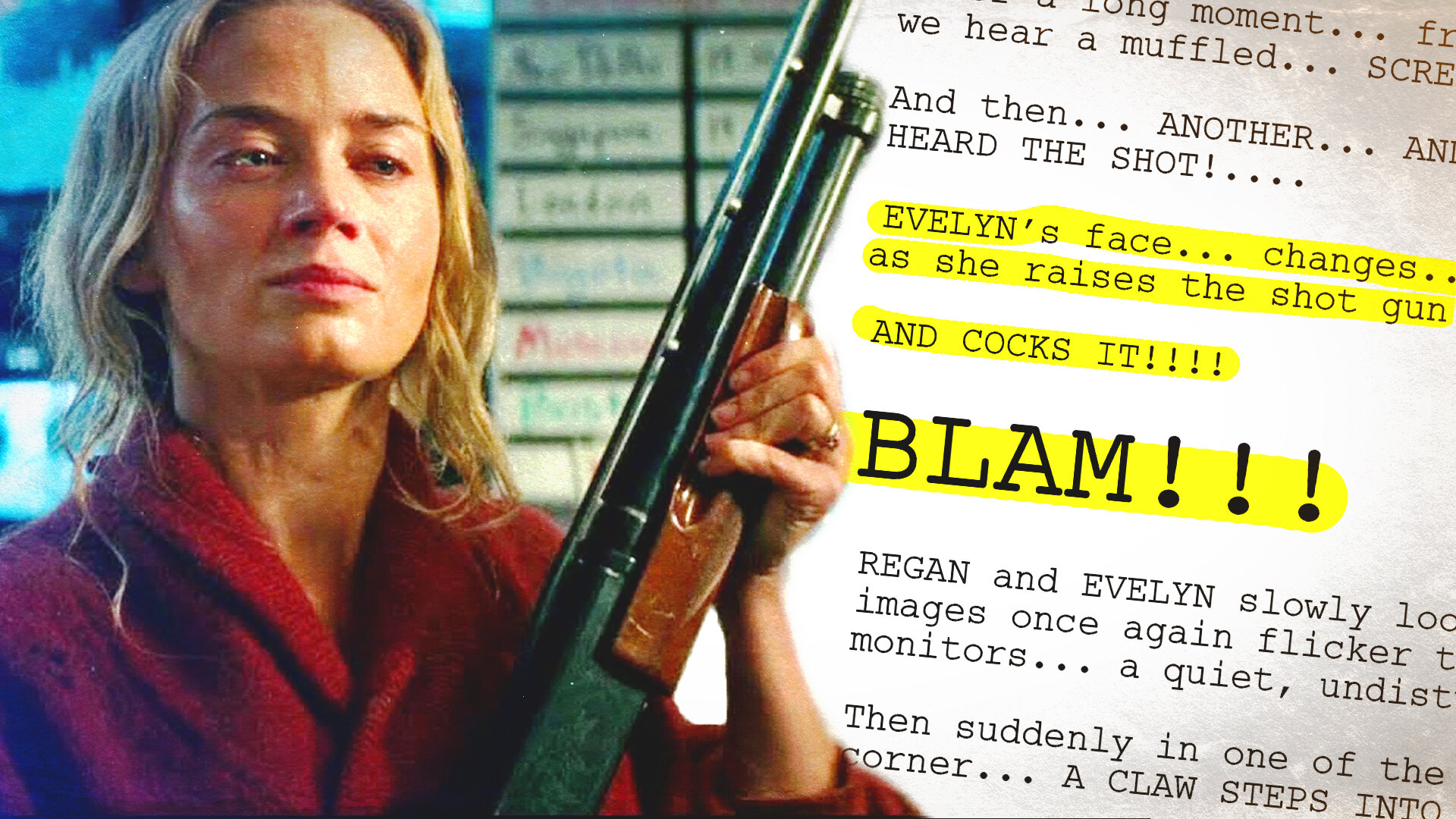The Indie Film Sound Guide is a step by step series teaching you all of the basics to achieve better audio for your films. This includes preparation, recording, and mixing. The guide uses a scene shot specifically for the guide, and follows a proper workflow from start to finish. This is everything you will need to know to start recording great sound for your short film!
There’s a lot of sound going on during a shoot. You might be wondering what you should be recording first. Welcome to episode two.
So far we have talked about positioning your microphone to get the best results. Now it’s time to talk about WHAT you should be recording. If it’s a narrative film you’re making, I imagine it will have some sort of dialog. This is your highest priority.
Don’t worry about recording footsteps, pats on the back, coffee cups clinking, or any other sound effects just yet. All of these sound effects are a lot easier to reproduce.
But if you don’t get your dialogue, you’ll spend a lot of time trying to either fix it in post or dubbing it back in.
Right now, as the sound recordist, you just need to make sure you are getting clean dialog takes. If your audio is compromised before action is called, such as buses going past, or rowdy pedestrians outside, make the crew aware and you can wait it out, these things usually only last a few minutes at most.
In the meantime, the rest of the team can record some reaction shots, inserts, or anything else which doesn’t require audio being recorded.
If the sound is compromised during a take, however, it’s a good courtesy to continue rolling.
A short interference of sound can be edited out just as long as you have a few cleaner takes to work with. I will talk about this more in a later episode about mixing.
When recording dialogue, it is essential to mark the take and record a clap using a clapperboard or your hands. A clap will generate a spike in the waveform so you can use it as a pin point to synchronise your good audio to your camera’s scratch audio.
If you are recording your audio straight into the camera, it isn’t as necessary, but it is a good habit to have anyway.
If you forget to mark the start of the take or the board wasn’t visible in the shot, you can always mark it at the very end, known as second sticks.
If you notice the take wasn’t marked with a clap, make everyone aware before the director yells cut. Syncing audio which doesn’t have an audio spike is a pain to mix.
Speaking of the director yelling cut! The camera operator and sound recordist should only cut picture and sound when the official call has been made. When you start making films, this is a habit you might have to force yourself to break.
If the director wants to continue rolling, and you cut sound, the shot will have to be marked again, slowing down production. So just keep rolling until they say cut!
So step two. Your priority is good, clean, loud dialogue!
Anything we didn't cover? Leave us a comment and we'll create a wrap up episode at the end of the guide, answering any questions we missed!
The Indie Film Sound Guide is a step by step series teaching you the basics of recording sound on set.
Episodes released weekly:
Introduction: https://youtu.be/NzmDV5Z9c_o
The Scene: https://youtu.be/dGD8pIOx2ls
Positioning: https://youtu.be/1Ki442J5hUk
Dialogue: https://youtu.be/X8YPFNYgu8s
Minimise Noise: https://youtu.be/e6MEJd_rGvI
Gain & Room Tone: https://youtu.be/U5MJvJ9_guQ
Wild Takes: https://youtu.be/Ci9RIH5d1ew
Organise & Sync: https://youtu.be/ZyVvwsWQIwk
Mixing: https://youtu.be/7x5SnoftgUw
This video was sponsored By
Check out their website for some awesome tracks: https://www.premiumbeat.com/?utm_source=thefilmlook&utm_campaign=2017-thefilmlook&utm_medium=midroll&utm_content=indie-sound
DISCLAIMERS:
Some of these links are affiliate links, if you purchase gear via these links The Film Look will receive a small commission, but there will be no additional cost to you. Thank you!










